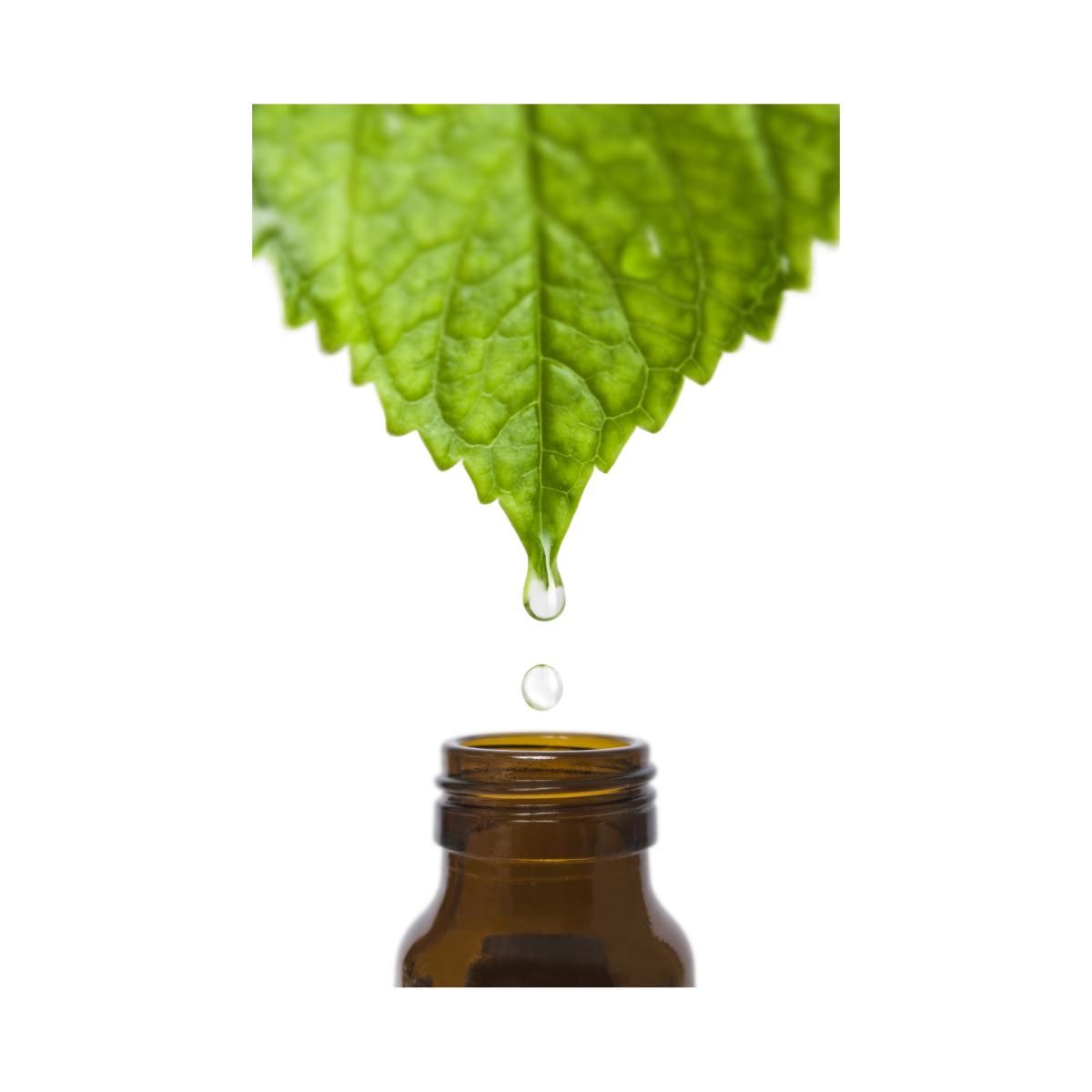Microwaving Reduces Botanical Extraction Time from Hours to Minutes
What if botanical extraction could be made better-faster and with higher yields?

Conventional means of botanical extraction, such as alcohol and supercritical CO2 extraction, are effective and common today for obtaining key constituents from botanical raw materials. But what if the extraction process could be made better-that is, faster and with higher yields? According to one company, microwave technology is the key.
In June, botanical ingredients supplier Gencor (Irvine, CA) announced a new partnership with a company called Radient Technologies Inc. (Edmonton, AB, Canada). The two firms are now working together to use Radient’s microwave-assisted processing extraction technology, trademarked MAP, to improve the cost, recovery, and purity of natural actives compared to conventional methods.
Whereas alcohol and supercritical extraction involve low temperatures-alcohol extraction uses distillation and alcohol to separate out key botanical constituents, while supercritical extraction uses carbon dioxide under extremely high pressure to do the same- MAP uses microwave energy to selectively heat the moisture present in botanical materials in order to extract desired constituents.
“This contained, in-core heating of the biomass results in a rapid buildup of pressure within cells, leading to a pressure-driven, enhanced mass transfer of target compounds out of the botanical,” explains Denis Taschuk, president and CEO of Radient Technologies.
Microwave-assisted extraction isn’t entirely new to the botanical industry, Taschuk says; it’s been used at the lab level for many years to extract botanical actives for analytical purposes. The technology is also used in other markets, such as the food processing and pharmaceutical markets, including for drying natural products, sterilization, pasteurization, synthetic organic chemistry, and catalytic chemistry, he adds.
“As far as we are aware, however, Radient is the only company in the world offering large-scale microwave-assisted extraction of botanicals,” Taschuk says.
The heating process MAP uses is localized-that is, it only heats select parts of the target biomass. That’s due to how microwave technology works in general. Instead of conventional heating processes like convection, conduction, and radiation through the external material surface, microwaves heat selectively, “by direct molecular interactions with the electromagnetic field via dielectric loss,” Taschuk explains. How much of the microwave energy is absorbed and dissipated as heat depends on the makeup of the material itself-its dielectric constant and loss factor-because every material absorbs microwave energy to a different extent.
For instance, transparent materials such as most liquids other than water do not heat or reflect, and “microwaves pass right through them and are only absorbed to a small extent,” Radient’s website explains. During botanical extraction, microwaving does not heat the surrounding solvent, meaning that the mixture stays cool, which also helps to prevent the degradation of heat-sensitive components. MAP can be used with a wide variety of solvents, including ethanol, hexane, and acetone, but is not suited for highly aqueous or polar solvents. MAP can be used on a wide range of materials-plant matter, algae, fungus, and microbial biomass-as long as the material is solid and, if dried, contains a residual water content no greater than 5%. As for target constituents, the company also cautions against using MAP for extracting proteins, carbohydrates, and nucleic acids.
“It is this ability to selectively deposit microwave energy into different parts of a complicated chemical system that is at the core of Radient’s MAP technology,” Taschuk explains.
Microwave-assisted processing offers several unique benefits, including extracting actives more difficult to extract using conventional means. Radient is able to adjust microwave parameters-such as power density and time of application-enabling certain compounds to extract at different rates. Resulting extracts may also be more pure and bioactive-rich. “Radiant has found, for example, that with judicious choice of microwave conditions and by rapidly separating the extracted botanical from the solvent following application, the end result is extracts that are more enriched in certain desirable actives,” Taschuk says. Plus, MAP also helps reduce extraction time-often from hours to minutes-and increases extract yields, saving costs.
Under their new partnership, Gencor will identify botanical actives of interest, and Radiant will use its MAP technology to create the ideal extraction procedure, including improving biomass yield, purity, and speed of extraction.
Jennifer Grebow
Editor-in-Chief
Nutritional Outlook magazine
jennifer.grebow@ubm.com
Photo ©iStockphoto.com/Ugurhan Betin





